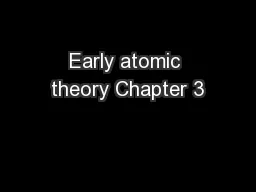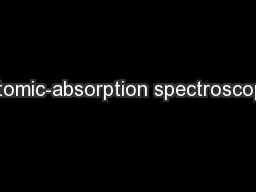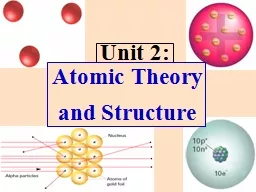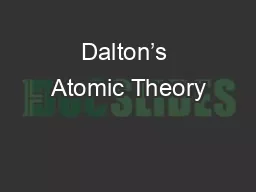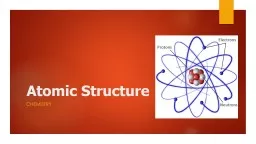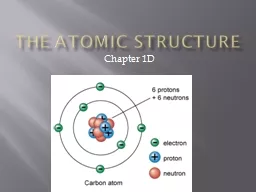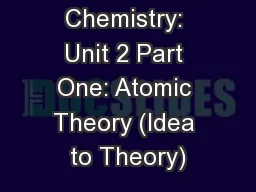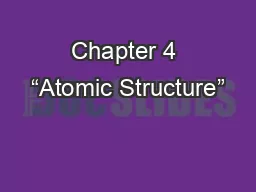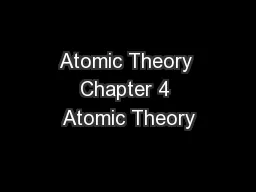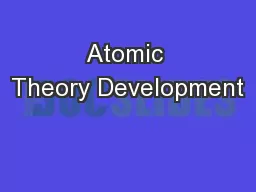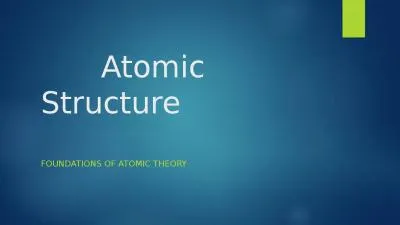PPT-Early atomic theory Chapter 3
Author : tatiana-dople | Published Date : 2018-10-04
The atom from philosophy to scientific theory 400 BC Democritus came up with the idea of the Natures basic particle His ideas were not useful in explaining
Presentation Embed Code
Download Presentation
Download Presentation The PPT/PDF document "Early atomic theory Chapter 3" is the property of its rightful owner. Permission is granted to download and print the materials on this website for personal, non-commercial use only, and to display it on your personal computer provided you do not modify the materials and that you retain all copyright notices contained in the materials. By downloading content from our website, you accept the terms of this agreement.
Early atomic theory Chapter 3: Transcript
Download Rules Of Document
"Early atomic theory Chapter 3"The content belongs to its owner. You may download and print it for personal use, without modification, and keep all copyright notices. By downloading, you agree to these terms.
Related Documents

